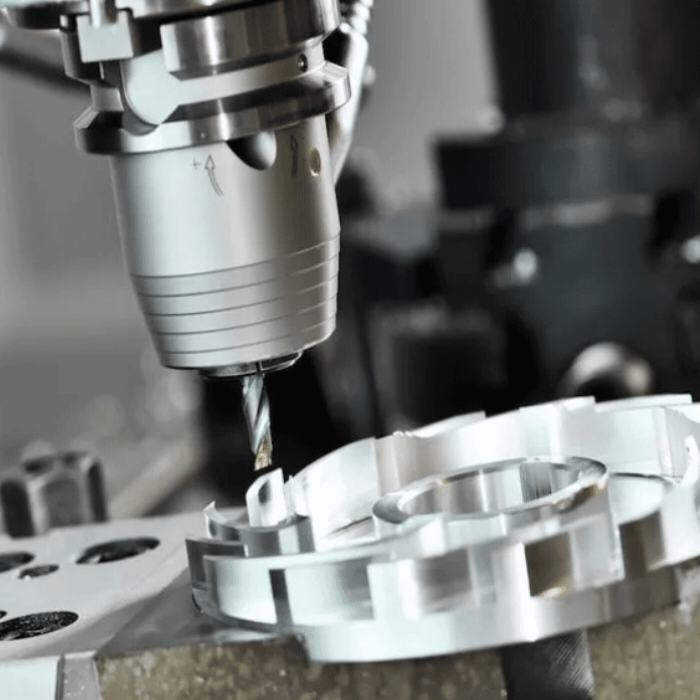In the Design of Machine Parts, What Structural and Technological Requirements Must We Master?

The structural manufacturability of machine parts refers to the feasibility and economy of manufacturing under the premise that the designed parts can meet the requirements of use. Parts with good structure and craftsmanship can not only be produced conveniently, but also have fewer defects and low cost, and have strong competitiveness in the market. Therefore, when designing machine parts, it is necessary to study the structural and technological design requirements of machine parts.
When designing the structure of machine parts, the structure and shape of machine parts are usually adapted to the production scale, production conditions, parts materials, blank production, process technology, and many other aspects. The following aspects should be considered:
1. The shape of the parts is simple and reasonable
Generally speaking, the more complex the structure and shape of the part, the more difficult and expensive it will be to manufacture, assemble and repair. Therefore, in the case of meeting the requirements of use, the structure and shape of the parts should be as simple as possible. Under the condition of meeting the requirements of use, strive to reduce the number of machined surfaces and the area of machining.
2. Reasonable selection of blank types
According to the size of the parts, the number of production batches, and the complexity of the structure, the blank type of the gear is determined: the size is small, the structure is simple, and the forging blank is used when the batch is large; the casting blank is used when the structure is complex and the batch is large; single or small production. Welded parts or free forging blanks can be used.
3. Structural manufacturability of castings
Casting blanks are widely used. When designing their structure, attention should be paid to the uniform wall thickness and smooth transition to prevent shrinkage holes and cracks and ensure casting quality; appropriate structural inclination and draft inclination are required to facilitate mold release; the junction of each surface of the casting should be rounded transition; in order to enhance the rigidity, the necessary reinforcing ribs should be set.
4. Structural manufacturability of forgings
When designing its structure, attention should be paid to the simple shape of the parts, there should be no deep pits, appropriate forging inclination and fillet radius should be reserved, and the shape should be designed as symmetrical as possible; for free forgings, cones and wedges should be avoided. It is not allowed to have stiffeners, and no bosses are allowed on the base.
5. Machining manufacturability
When machining parts on a machine tool, the cutting technology should be considered from three aspects: (1) improve cutting efficiency; (2) facilitate cutting; (3) reduce the amount of cutting.
6. Assembly manufacturability of parts
Assembly manufacturability means that when the parts are assembled into components or machines, the interconnected parts can be smoothly installed or disassembled without reprocessing or only a small amount of processing, and meet the technical requirements.
Assembly manufacturability should mainly be considered: (1) avoid or reduce cutting and manual repair during assembly as much as possible; (2) make assembly and disassembly convenient; (3) there should be a correct assembly reference; (4) form independent parts or assembly units as much as possible to facilitate parallel installation.
7. Repair workmanship of parts
Good maintenance workmanship should reflect the following aspects: (1) accessibility, which means easy access to the maintenance site and easy observation of the maintenance site; (2) easy to assemble and disassemble; (3) easy to replace, for which standard parts or modular design should be used as much as possible; (4) easy to repair, that is, easy to repair or replace the damaged part.
If you want to know more about the design of machine parts after reading the above, ZHONGKEN is happy to share professional knowledge with you.
We are an experienced parts manufacturer. We have leading R&D technology and excellent manufacturing technology and can control the quality of products in all aspects. Our products are used in various machinery and equipment and have excellent application performance in all walks of life. Our thoughtful after-sales service has also received unanimous praise from customers all over the world. If you want to buy our machine parts, please contact us immediately!


